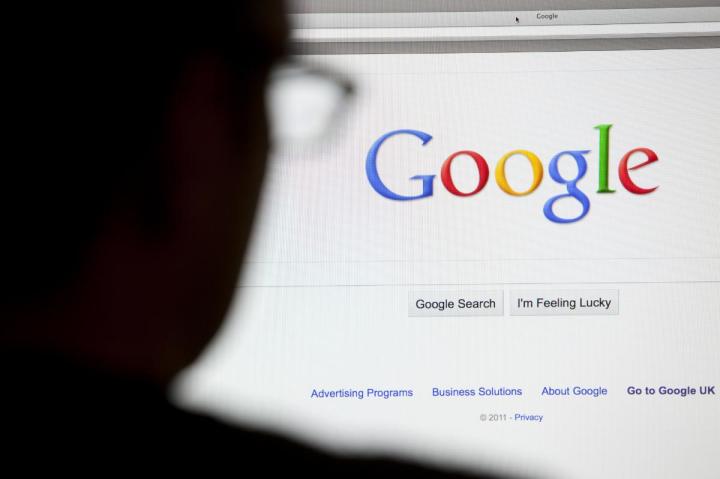
In the process of its heavy-handed attempt to deal with the more than 70,000 requests from EU citizens asking Google to remove about 250,000 links to pages containing information about them from its search results, the search engine ended up removing a handful of news stories published by the BBC, the Guardian and the Daily Mail, among other outlets.
Google, which claimed 92 percent of the European search market in June, has since restored some of the links that were initially taken down as part of its compliance with the May 13 ruling by the Court of Justice of the European Union.
In order for someone’s request for the removal of results including their name to qualify, “the results shown would need to be inadequate, irrelevant, no longer relevant or excessive,” according to Google’s FAQ page.
Peter Barron, Google’s director of communications for Europe, told BBC Radio 4’s Today program that the company was going through a “learning process” about how it is implementing the right to be forgotten ruling.
“The European court of justice ruling was not something that we wanted, but it is now the law in Europe, and we are obliged to comply with that law,” Barron added. “We are aiming to deal with it as responsibly as possible.”
[Image courtesy of antb/Shutterstock]


